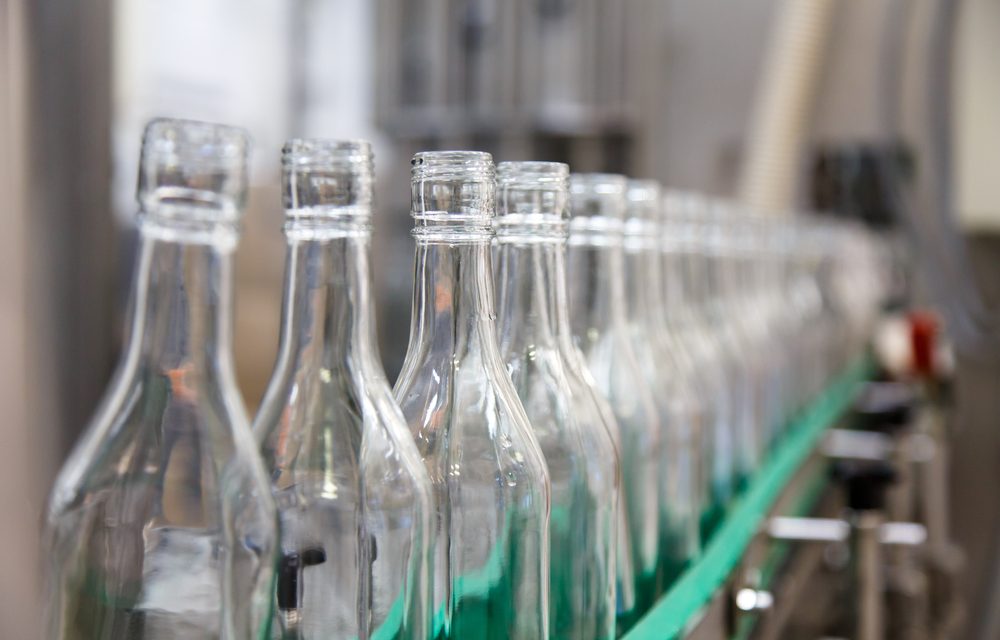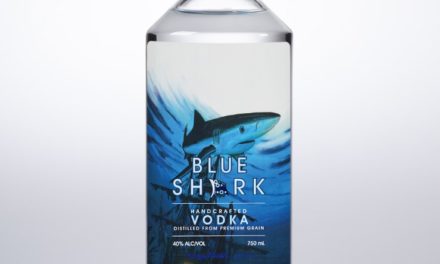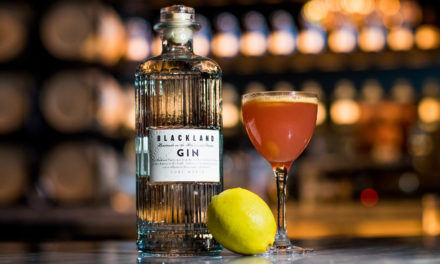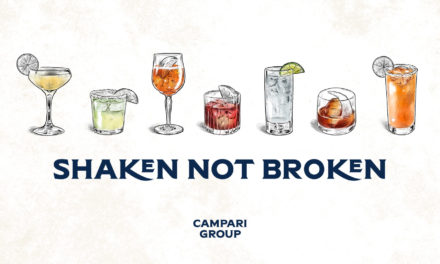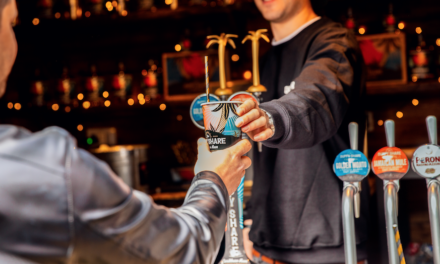At craft distilling trade shows, I often come upon knots of distillers clustered reverentially around a shiny, high-tech bottling line at a display booth. That’s not because it’s the coolest thing in the room — the steampunkish copper stills at the surrounding booths are way cooler — but because it represents freedom by automating a task that’s often tedious. You’ll never hear a distiller talk about the glamor of bottling any more than you’ll hear them enthuse about their love of federal paperwork.
Iconic computer companies have their garage-of-origin stories. But the best stories behind emergent spirits companies often seem to start with bottling and labeling rooms. Every drop produced has to somehow make it into a bottle, one bottle at a time. How they started doing this tells a lot. I’ve been to new craft spirits bottling operations that looked like a scrapbooking Meet-Up.
A few I recall fondly: I visited Prichard’s Distillery not terribly long after it launched in Tennessee. I remember Phil Prichard’s wife, Connie, sitting with a roll of gold ribbon and a glue gun, putting the last adornment across the top of each bottle. In Shoreham, Vt., WhistlePig founder Raj Bhakta got his start by importing 5,000 gallons of bulk rye whiskey from Canada and bottling it at a defunct dairy farm. His bottling and labeling operation, he told me, consisted of a picnic table, an 84-year-old farmer who liked whiskey and four college kids who liked weed.
Many distillers quickly grow out of their jerry-rigged bottling lines and turn more professional. Black Button Distilling in Rochester, N.Y., started by recruiting volunteers to attend Saturday bottling parties but abandoned that approach after 18 months. “It worked really well when everyone showed up,” says head distiller Jason Barrett, “but because they were volunteers, sometimes they didn’t.” When only three out of eight reported for duty, that made for a really long afternoon (and evening) for everyone else. The company quickly upgraded equipment and moved the task in-house.
Others have continued to draw on community for their bottling needs. In Denver, Colo., Stranahan’s bottling parties are now legendary: There’s a list of 25,000 wanting to participate, and open slots are filled by lottery. Participants spend fours helping out with corking, labeling, capping, and boxing, and are rewarded with camaraderie, a meal and a bottle to take home. (It works in Colorado, but isn’t workable in other states, like California, which don’t permit volunteer labor of this sort.)
The best melding of community and distillery I’ve seen is at Privateer Rum in Ipswich, Mass. Head distiller Maggie Campbell, who joined in at Stranahan’s when she lived in Colorado, recruits five or six local PTA members to come help out during labeling days. They’re paid $15 per hour, but if they opt to donate it to the school, the distillery matches it.
Privateer has PTA teams from two schools, which maintain a low-key competition as to how many bottles they can complete in a shift. Workers at the distillery get to hear about what’s going on in the community and, through the grapevine, the community hears about what’s going on at the distillery. It serves as a semi-permeable barrier for social information.
“They bring a lot of warmth, and they’re really happy to see us,” Campbell says. “I wouldn’t want to replace them now, even if there was an affordable machine.”

